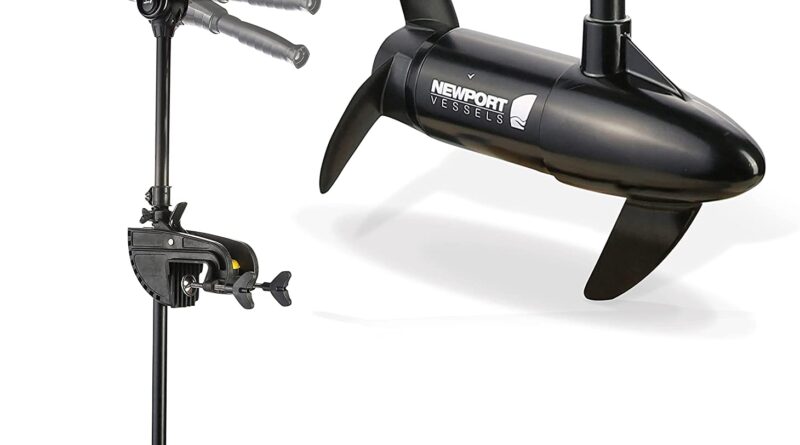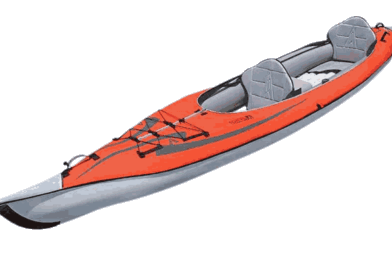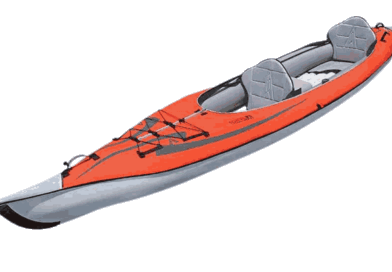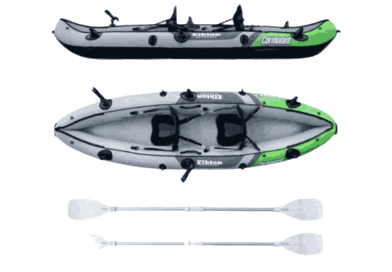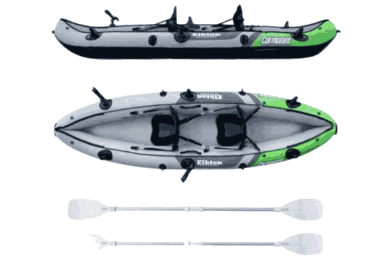What Size Trolling Motor Do I Need? You’ll love this guide
What Size Trolling Motor Do I Need
Boat fishing is most productive when everything works together. If you want to get from the coast to the hot spot, then you can use your outboard motor. However, if you want to get into the fishing zone, then you will have difficulty using it.
In that case, a trolling motor becomes part of the scoring team. A trolling motor allows you to keep the boat stationary without frightening the fish. Depending on your preference, you can either ease closer or make the perfect cast to the strike zone for successful lure presentations.
Trolling motors come in different sizes, and choosing the appropriate one can be challenging.
You must first determine how much thrust you require from your motor, then measure to ensure that you choose the proper shaft length, and last, you must match your motor’s power output to the appropriate battery or batteries.
These three steps are not difficult, but getting any of them wrong will significantly decrease the performance of your motor.
Trolling motors of today can do more than just slowly move the boat. The integration of GPS is just one of their many smart features. This puts even more on the line when choosing a trolling motor.
If your boat needs an upgrade or you want to add a trolling motor, you’ve come to the right place.
Keep reading this ‘what size trolling motor do I need article if you want to learn how to pick the right size trolling motor for your boat!
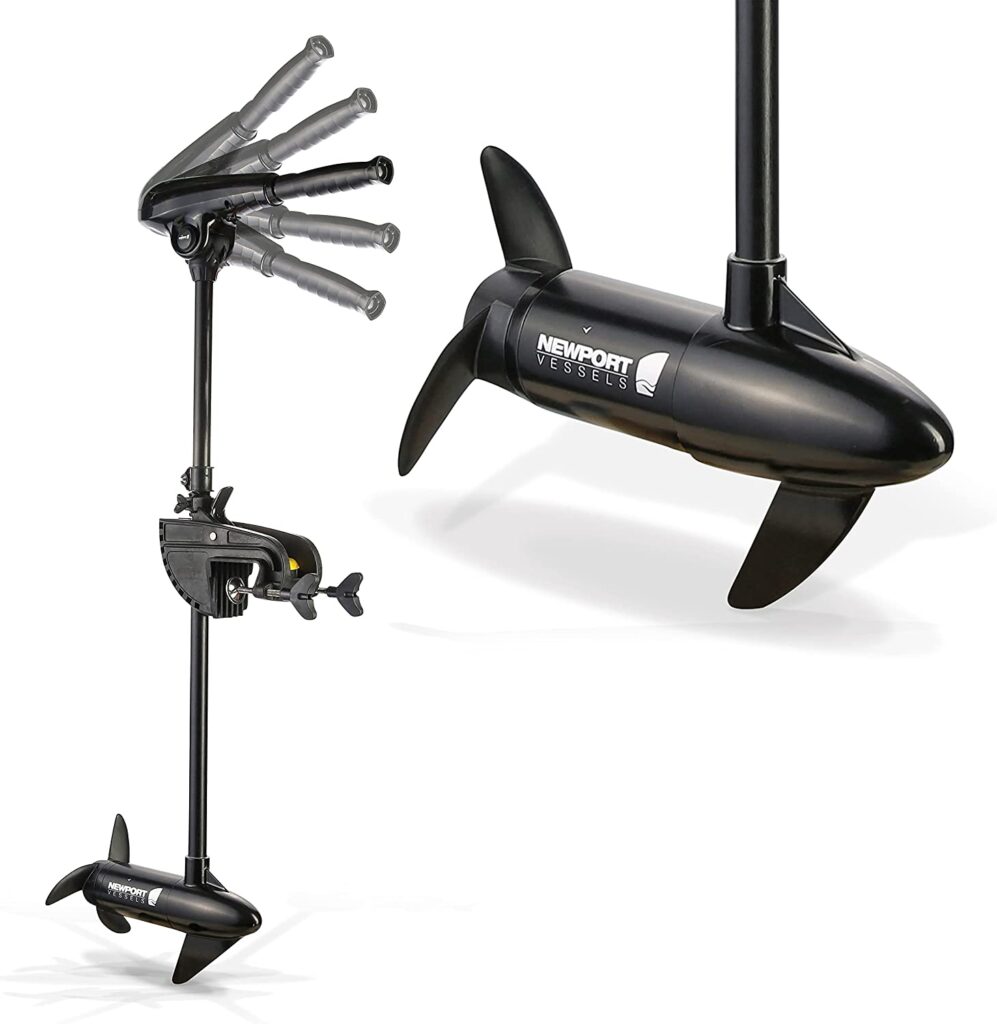
What Is A Trolling Motor?
To know anything about ‘what size trolling motor do I need, you should first know what a trolling motor is?
Electric outboard motors, called trolling motors, are used to push (or pull) fishing boats, pontoon boats, small sailing auxiliary craft, and other small craft.
A trolling motor is a small electric engine used to move a fishing boat through the water silently so as not to startle the fish. It can be found on the bow or stern.
The propeller is turned by a permanent magnet motor in the propeller hub, which is powered by an electric current that produces a magnetic field. To move slowly or to keep the boat steady in one place, trolling motors are repeatedly started and stopped and occasionally only run for a few seconds.
Table of Contents
My Need
The weight and height of your boat, along with the mounting location, determine the size of your trolling motor. The wrong-size trolling motor has given me headaches and frustration in the past.
The shaft length and the thrust output are the two main factors we consider when discussing trolling motor size. The distance from your boat’s top to the waterline determines the shaft length.
A fully loaded boat should weigh 100 pounds, and a trolling motor should produce 2 pounds of thrust on average. You will want extra electricity if you anticipate severe winds or currents.
For the motor to operate satisfactorily, an additional 10–20% of thrust is required.
However, keep in mind that boats with deep drafts offer more resistance to a water current than boats with shallow drafts, necessitating a larger trolling motor.
Additionally, boats with a high deck height above the water have a big surface area against which the wind may push; thus, they need extra thrust to navigate through severe winds.
Thus, you could need more thrust than you anticipated to achieve the precise quantity of force you need for your particular circumstance.
Your boat’s size and the speed you want to travel while fishing will influence how much thrust you need from your trolling motor. A rapid electric trolling motor is one that can move you forward at a speed of four miles per hour.
It’s a general rule of thumb that you only need 5 pounds of thrust for every 200 pounds, but it doesn’t account for the wind or current, so I like to increase that a little, so I can be confident that my trolling motor can handle any rough water I come across.
The Right Size
Larger is nearly usually preferable. Larger boats require more power; however, when selecting a trolling motor, we advise you to take wave action, wind, and current into account.
A stronger motor will perform better at slower speeds and offer a safety margin for handling wind, waves, and currents; therefore, it is advantageous to err on the strong side. We advise 5lb of thrust for every 200lb of the gross weight of a vessel.
How To Mount A Trolling Motor On A Kayak
You might wonder “how to troll motor mount on a kayak.”
Anybody can change the game by mounting a trolling motor to their kayak in fresh or salt water.
Actually, there is a good deal of variation in trolling motors and how they are made to be mounted on your kayak. Some trolling motors include mounts and every piece of gear required for a full installation.
No matter where you choose to attach a kayak trolling motor, installation is usually not difficult. That is why I think anyone can accomplish it. It doesn’t require any special equipment, and it usually doesn’t take more than an hour.
The best thing you can do if you buy a trolling motor ready to install right out of the box is to carefully follow the manufacturer’s instructions.
However, it is uncommon to locate a trolling motor that includes everything you need to install. A motor mount, battery, and mounting accessories will probably need to be purchased separately.
What Size Battery For Trolling Motor
The next thing you might wonder is, ‘what size battery is good for trolling motor.’
It’s crucial to choose the right battery for your trolling motor because the wrong one might lead to problems ranging from poor performance to complete failure.
Selecting the perfect batteries for your fishing boat might be challenging, but with the right information, it doesn’t have to be. The following list of power supply recommendations for trolling motors might help you make sure that you can give your trolling motor clean, secure electricity.
⦁ Battery type and group size
⦁ Battery capacity
⦁ Deep cycle batteries
⦁ Starting batteries
Let’s continue the article ‘what size trolling motor do I need.’
What Size Trolling Motor Do I Need?
It’s not too difficult to select a trolling motor for a kayak. It depends on how much thrust you want as well as whether you want a bow mount or a transom mount.
For a kayak, a standard trolling motor shaft length is 36″. Kayaks don’t require a longer shaft because they float close to the surface; a 30″ shaft will do.
Although using a longer shaft on my kayak has only occasionally been annoying, I would prefer to have a shorter shaft.
Size Chart Of Trolling Motor
For various boat weights and lengths, the table above displays the typical pound trolling motor thrust needed. For each boat size, column 3 lists the minimal thrust you’ll need, while column 4 lists the greater push levels needed to handle heavy winds or currents.
To avoid unforeseen circumstances, it’s better to have too much thrust than too little because having too much propulsion gives you more flexibility.
The table above represents an estimate for an average boat; however, keep in mind that your boat type may need a different amount of thrust depending on the wind and current as well.
Guide To Trolling Motors For Various Types Of Boats
Let’s examine some of the most popular recreational boat types in this article on ‘what size trolling motor do I need’ to help you choose the right motor size.
Kayak Trolling Motor
You shouldn’t require more than 55 pounds of force for a kayak trolling motor. With this much force, any kayak may be propelled as quickly as possible.
Whether it is a bow or transom installation, the size should be a 12-volt 36-inch shaft on a 55-pound trolling motor.
Pontoon Boat
Pontoon boats won’t have many issues with a strong current because of their extremely shallow draught.
Strong winds can be problematic, too, because pontoon boats often have a high deck height above the water. This is especially true if you’re using a spot lock trolling motor to hold your pontoon boat in a particular area. In that situation, a larger trolling motor size is preferable.
Canoe
A 30 lb thrust trolling motor is enough for most conditions without much current because canoes rarely weigh more than 500 lbs when fully laden, but a 40 to 55 lb thrust is preferable if you anticipate encountering a stronger current or wind.
Let’s know more by continuing this ‘what size trolling motor do I need’ article.
Bass Boat
Most bass boats will have a bow-mounted trolling motor, and bass fishermen want more than enough power on windy days or when they’re fishing in strong currents. This is the main reason for this.
A trolling motor with characteristics similar to those given above should be sufficient, though you might need to buy a shorter or longer shaft depending on how high your boat sits out of the water.
A trolling motor with characteristics similar to those given above should be sufficient, though you might need to buy a shorter or longer shaft depending on how high your boat sits out of the water.
If your yacht is between 18 and 20 feet long, you should start considering a 36-volt system with additional power. A 24v trolling motor will still have adequate power, though, to deal with most circumstances.
A 24-volt, 52- to 60-inch shaft trolling motor with 80 pounds of power is the best option for a bass boat this size. More than 80 pounds of force tends to require 36 volts for trolling motors.
Final Thought
We are at the end of ‘what size trolling motor do I need.’ Choosing the right trolling motor can make the difference between a successful fishing trip and a day of windy fishing.
Depending on your budget, you can pick trolling motors that turn into quite effective fishing gear.
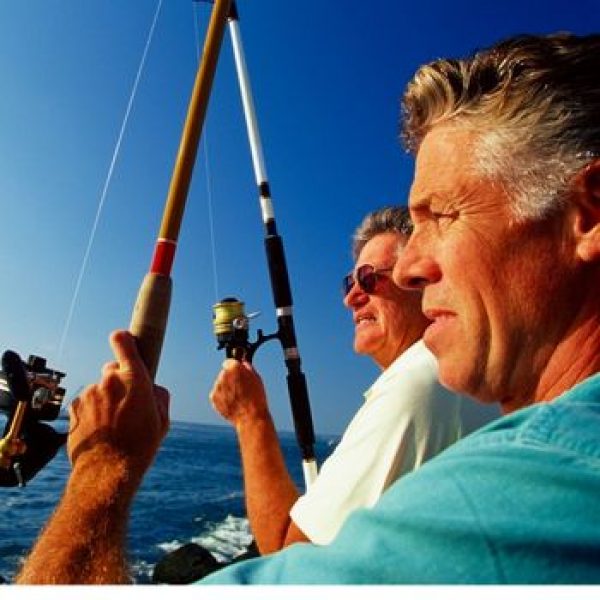
John Smith
My Self John Smith. I’m an avid outdoorsman and writer. I have been fishing and hunting for over 20 years and has a deep passion for these sports. I have written several articles and essays on the subject, and his work has been featured in many outdoor magazines. I’m also a conservationist and promotes sustainable hunting and fishing practices. I believes in preserving the natural environment for future generations to enjoy.
